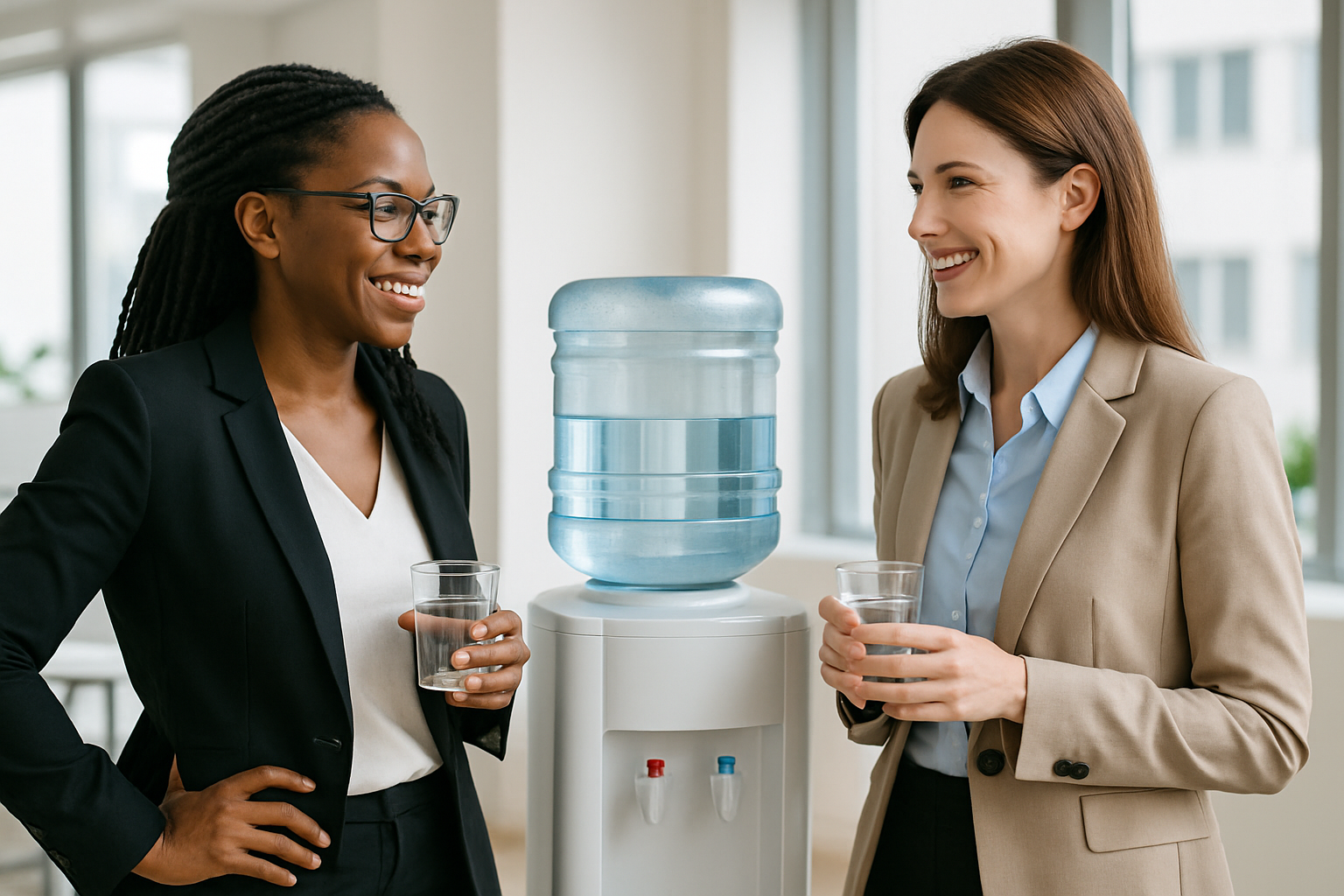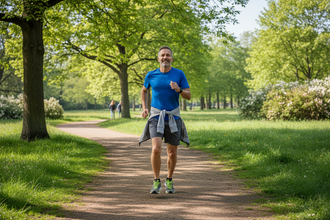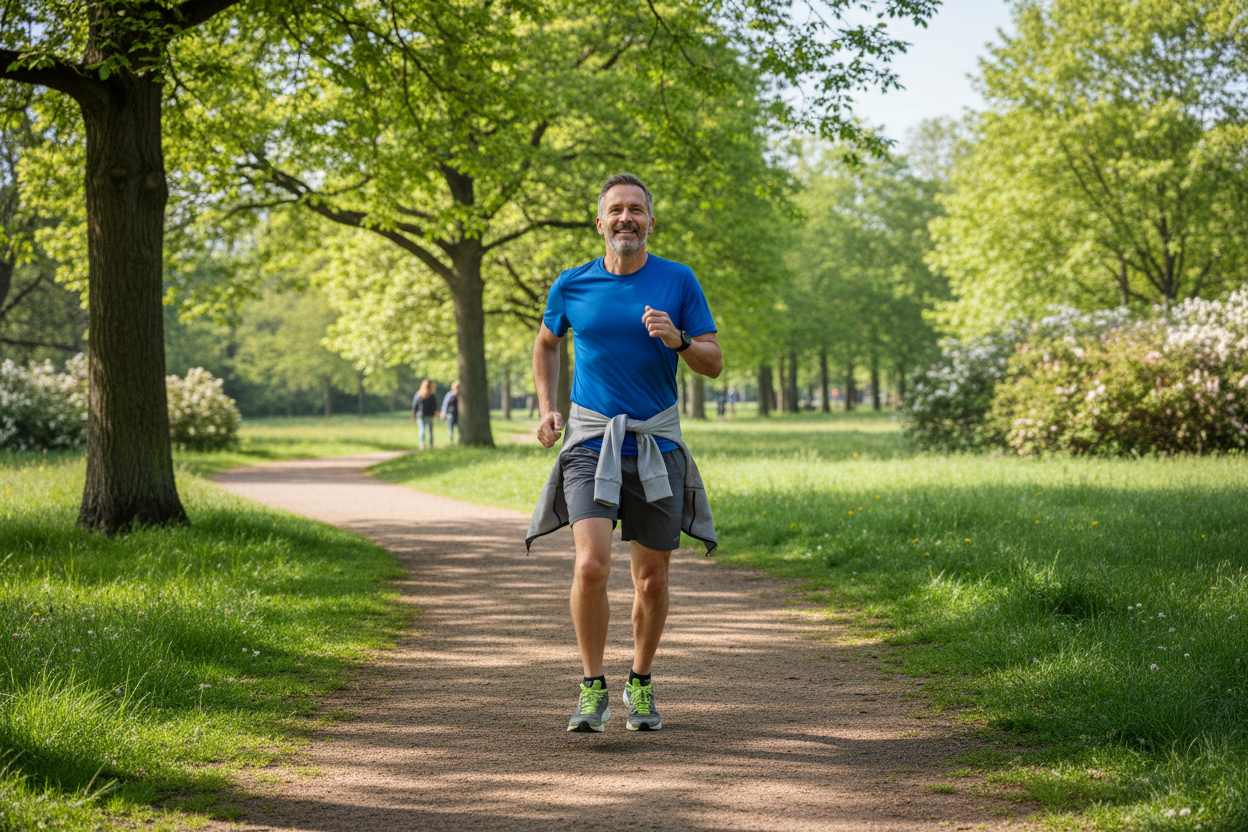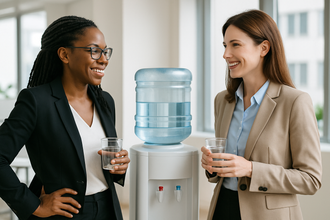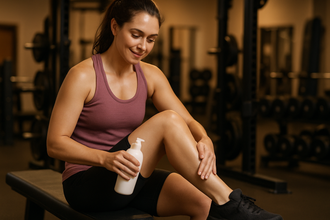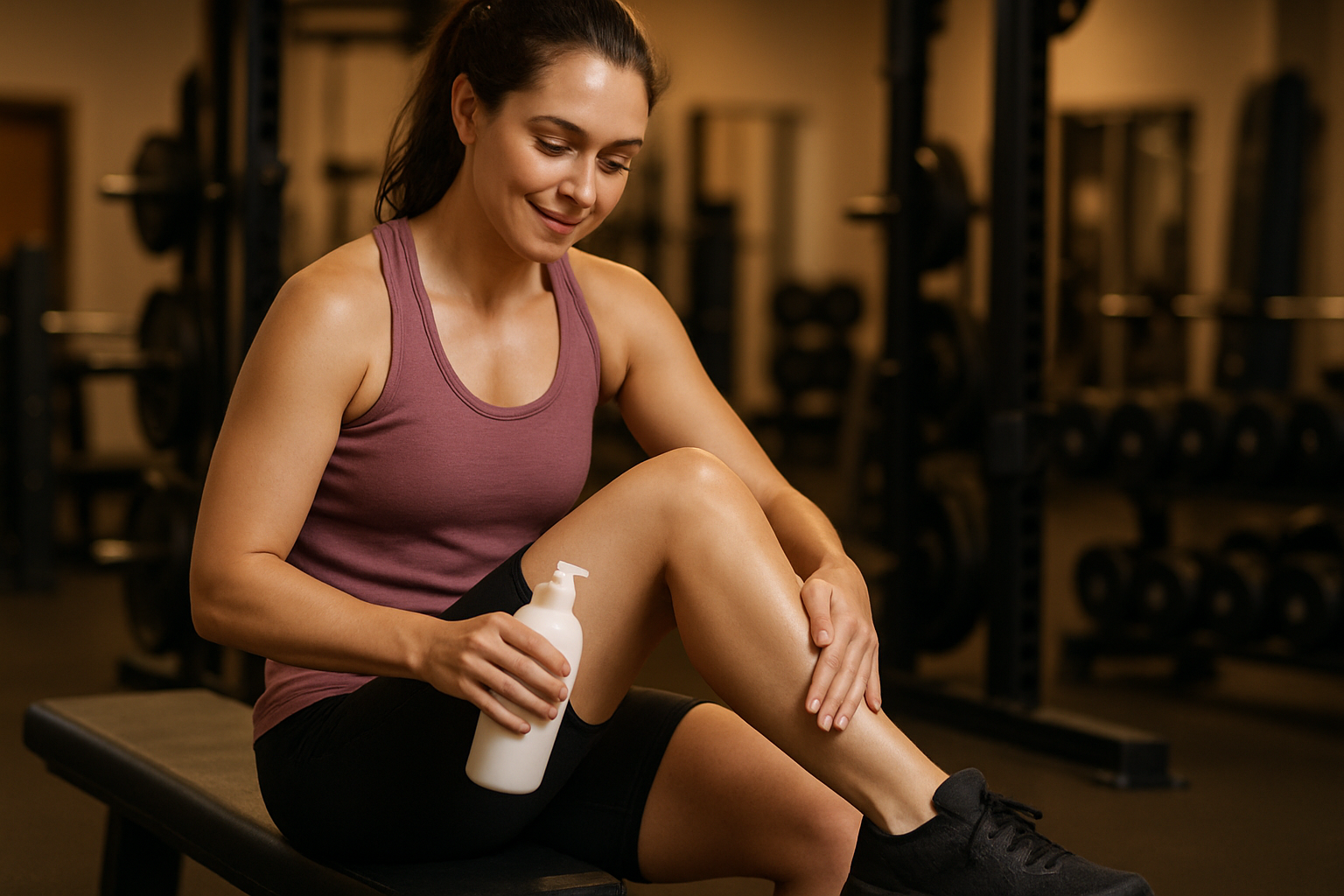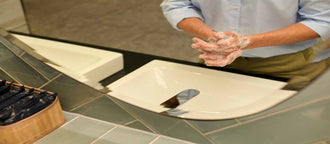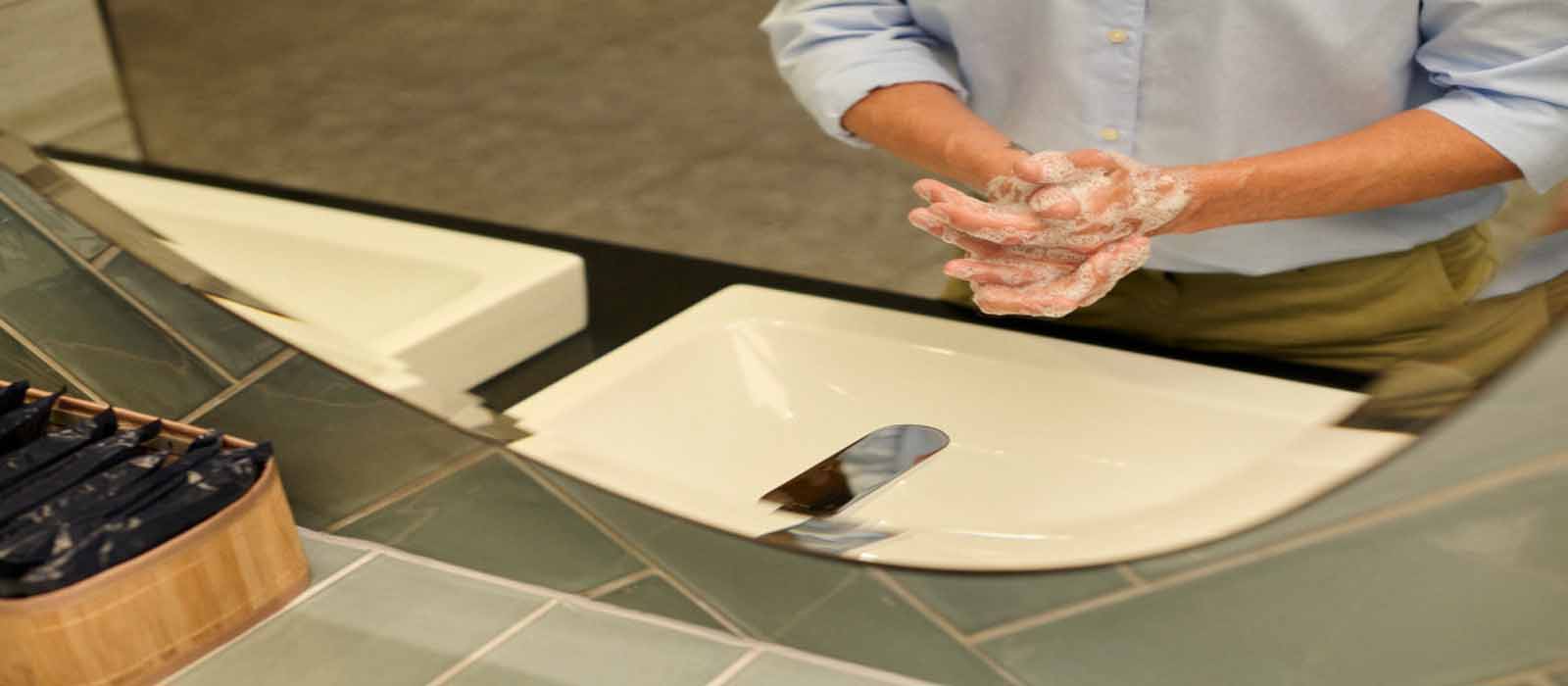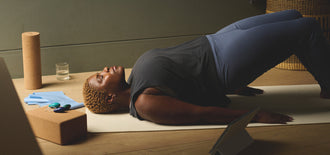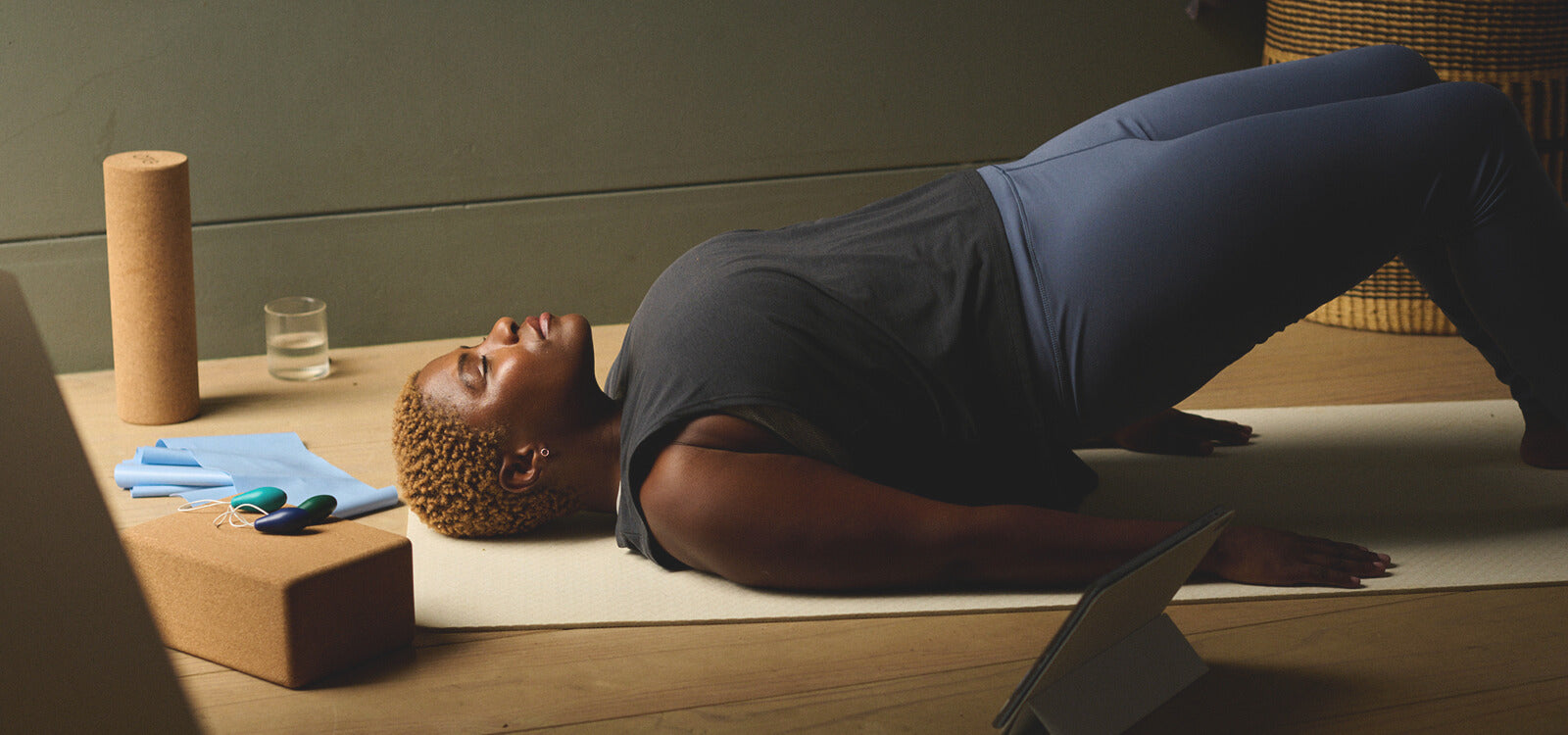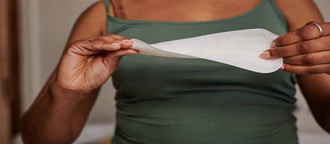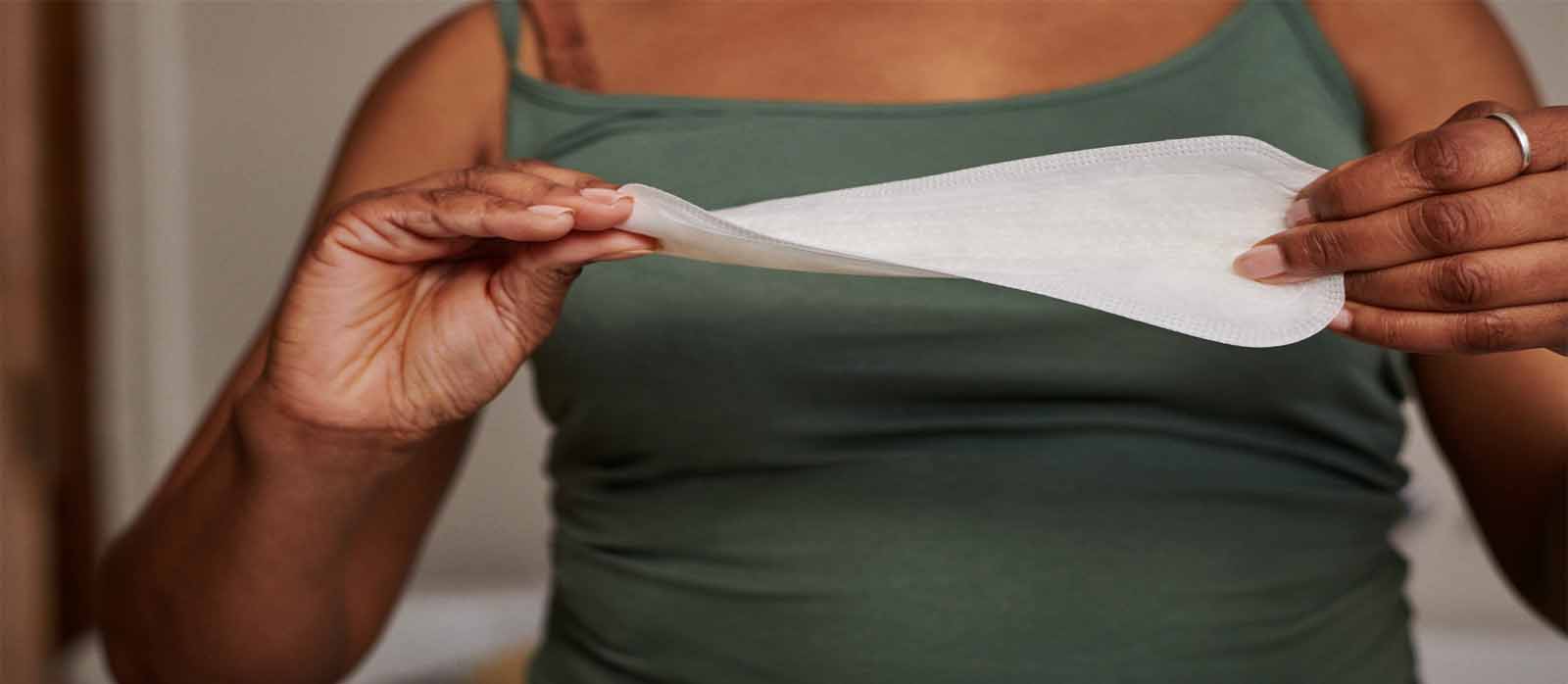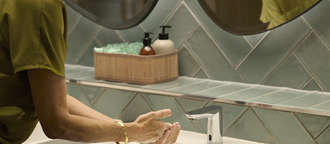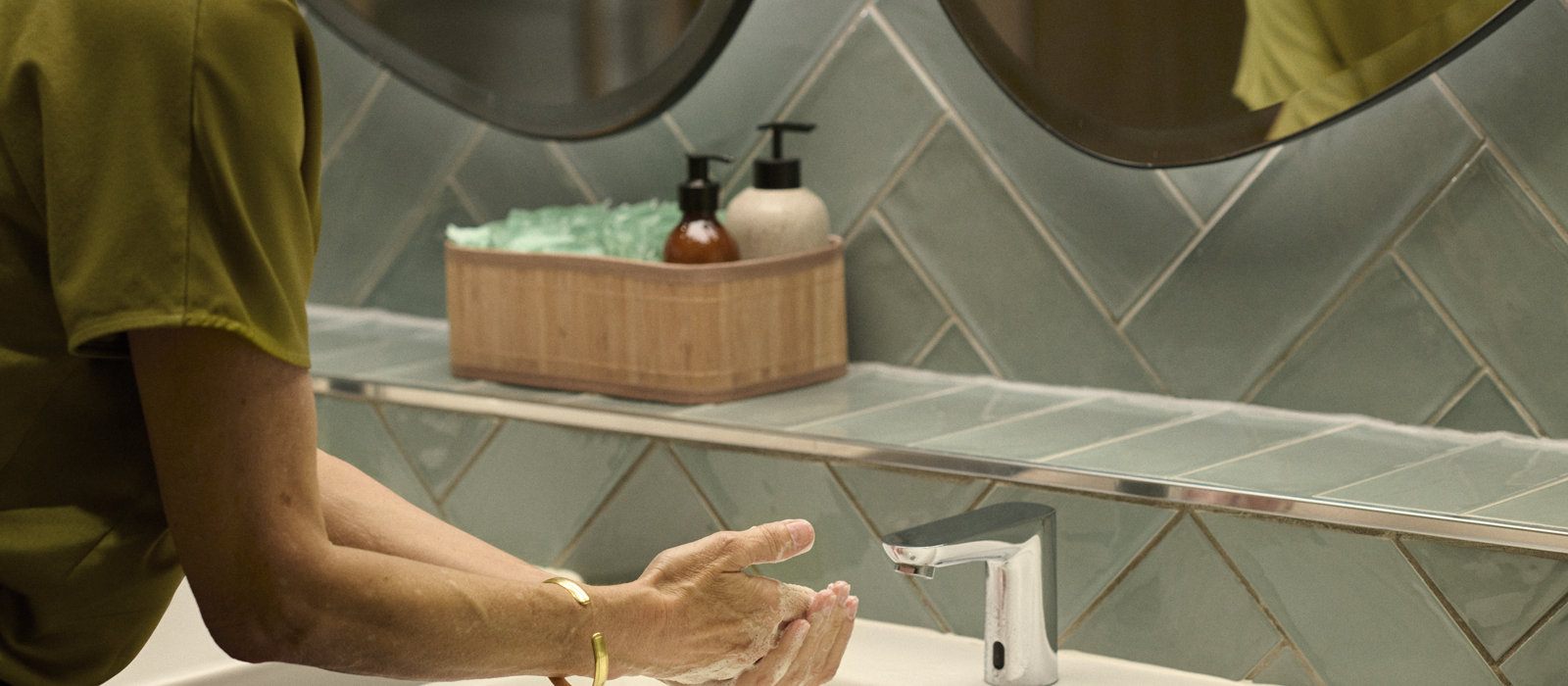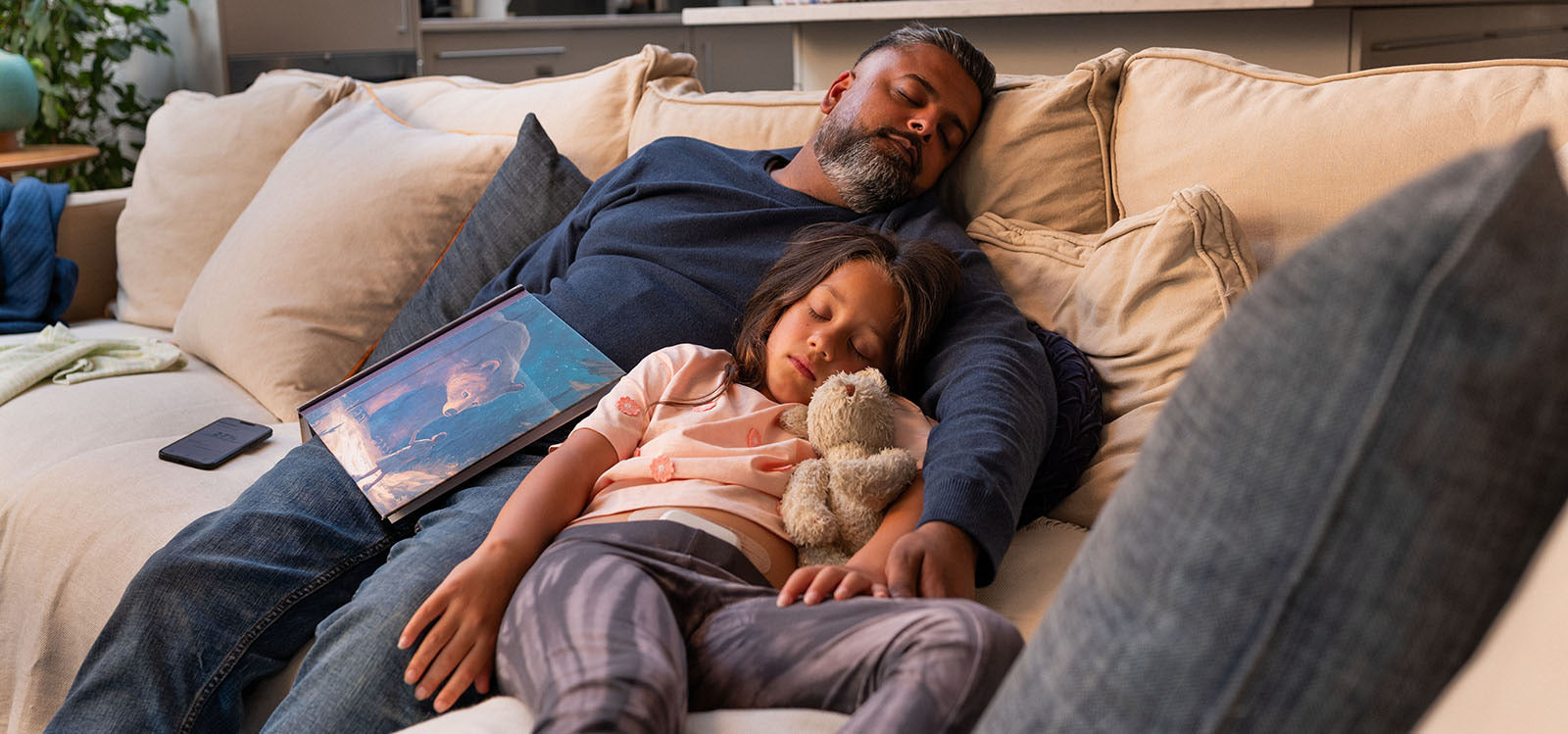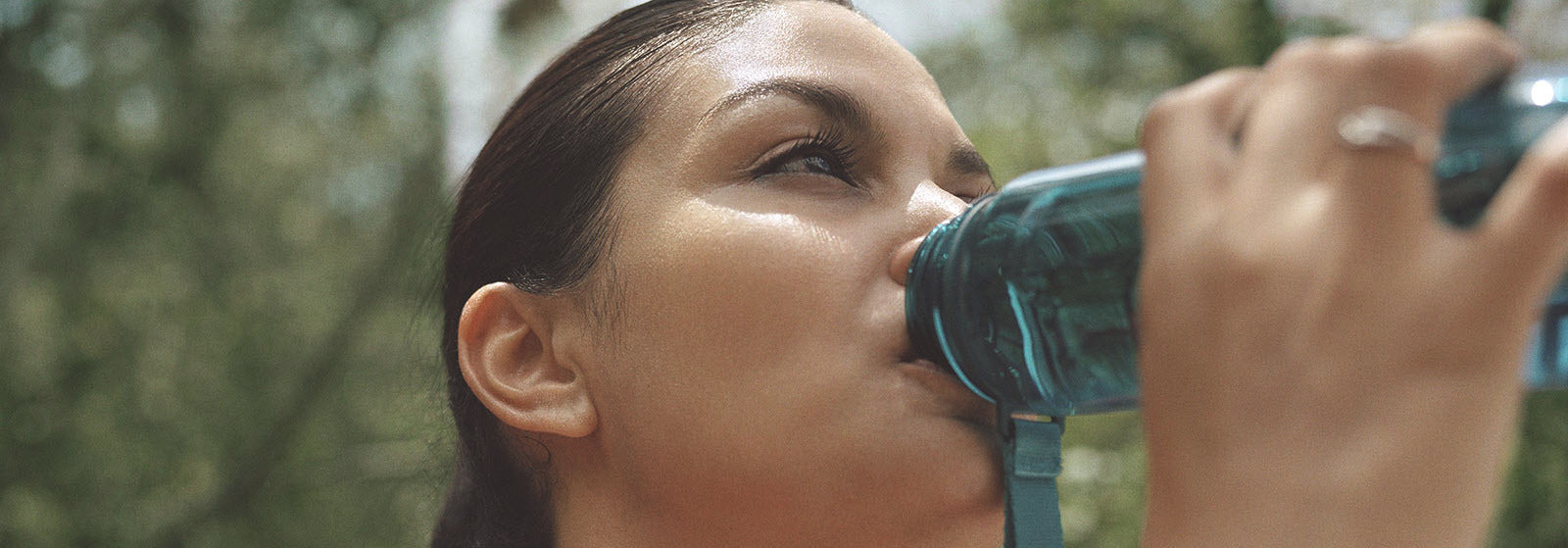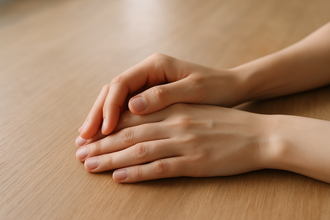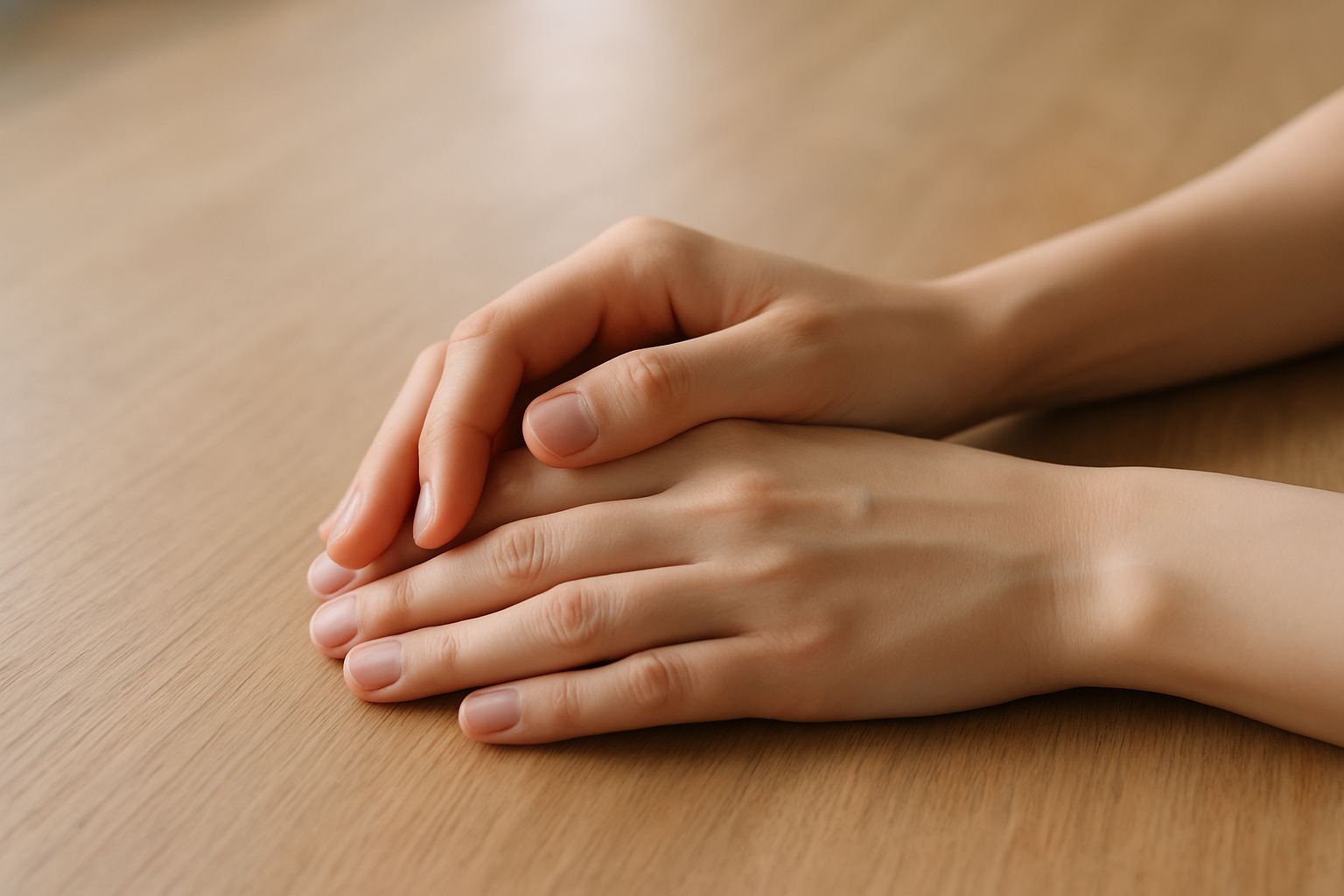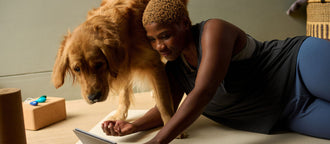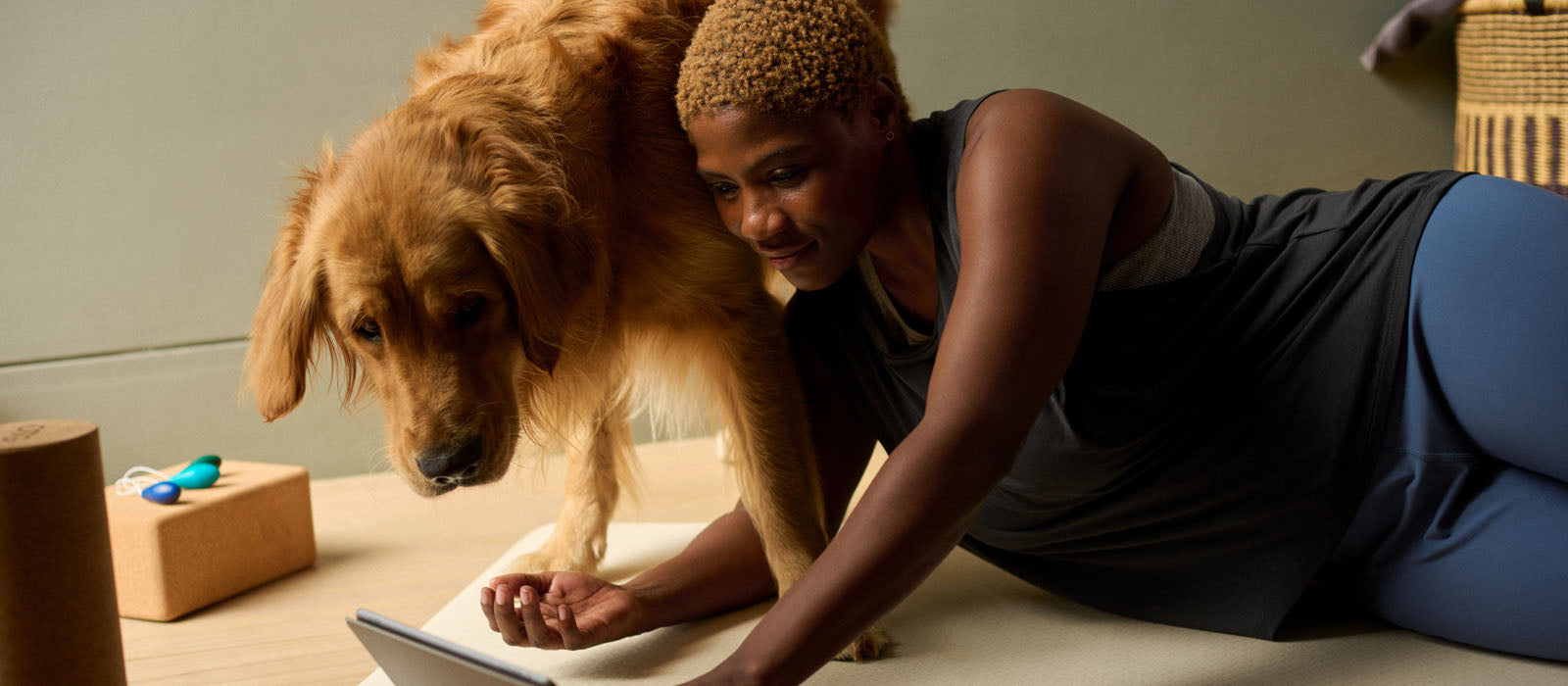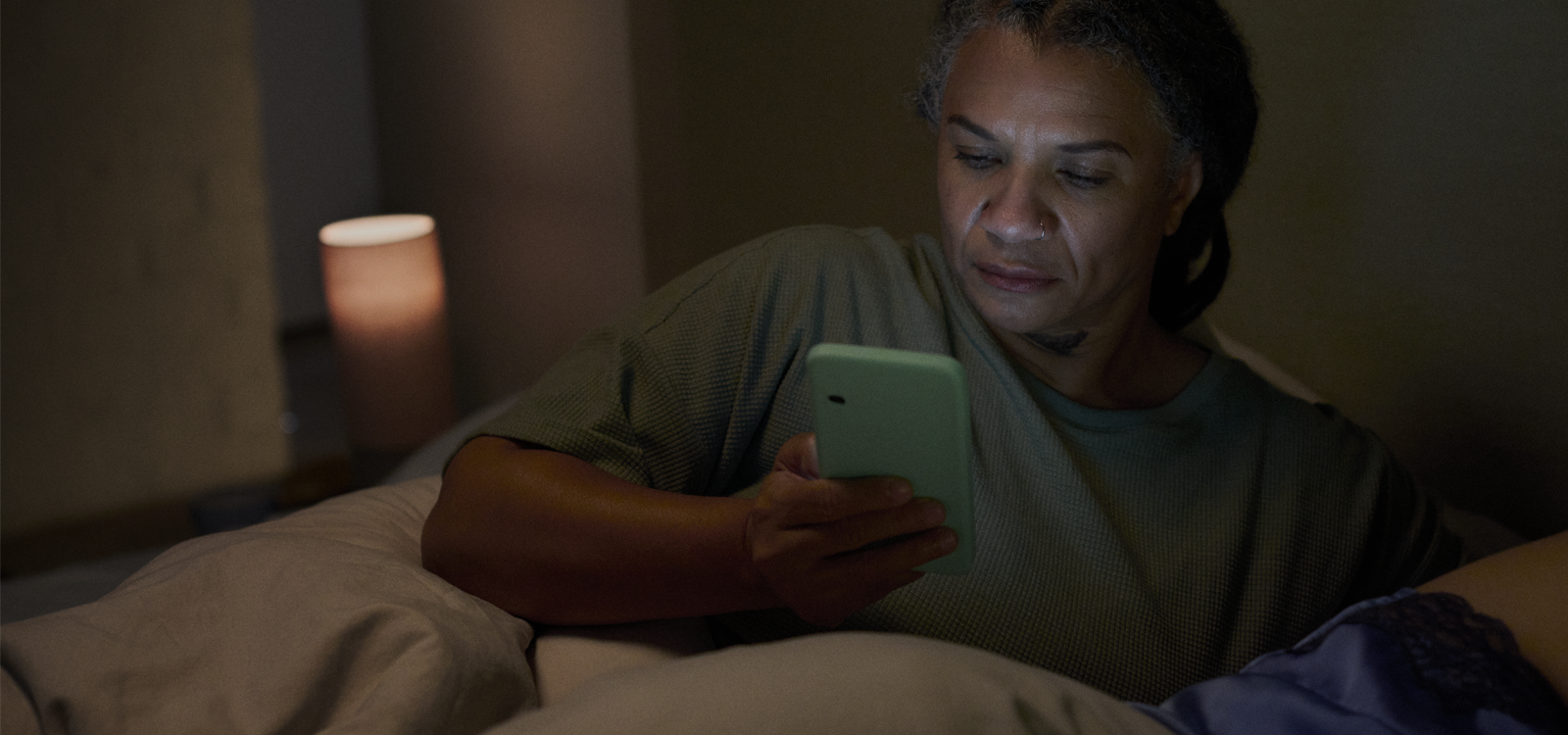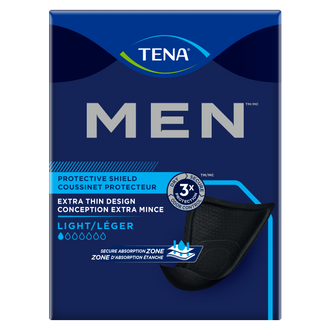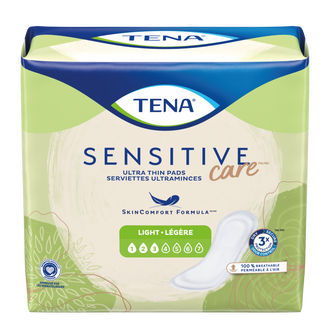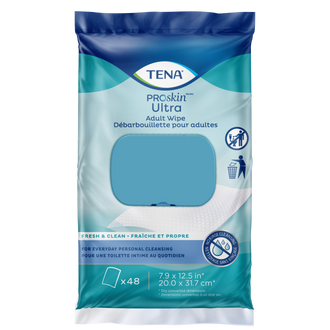Oct 06, 2025
When you're dealing with incontinence at work, one minute could be the difference between finishing up a task and making it to the bathroom in time.
It's okay to feel frustrated or even overwhelmed, but with the right tools and strategies, you can manage bladder leaks at work. Let's explore discreet and practical tips to help you stay confident, comfortable, and in control, all day long.
Types of Incontinence
Let’s start by looking at the different types of incontinence.
Urinary incontinence refers to unexpected leaks that happen when you lose control of your bladder.1,2 It could affect more than your comfort; your confidence, focus, and sense of control at work could also take a hit.
You may feel alone, but over 13 million Americans live with incontinence,2 and the silver lining is that it’s manageable.
There are different types of incontinence, and they may affect you at work in different ways:
Stress incontinence
This happens when excess pressure on the bladder causes leaks, often due to a weaker pelvic floor after childbirth or menopause.3 You might leak while laughing or coughing.3
Urge incontinence
During that presentation, you might feel a sudden overwhelming urge to pee, which leaves you running to the toilet.3 The most frustrating part might be that you may not even make on time.3 These urges happen when the bladder contracts unexpectedly, even when it isn’t full.3
Overflow incontinence
While typing away at your desk after your toilet break, you notice a dampness.3 This frustrating moment occurs because your bladder doesn't fully empty after using the toilet.3
Functional incontinence
Sometimes the issue isn’t your bladder, but access.3 Conditions like arthritis or the side effects of medications like diuretics can make it harder to reach the toilet in time, especially if it is far from your desk.3
How to Manage Incontinence at Work
Managing incontinence discreetly at work can feel overwhelming. These practical urinary incontinence tips are here to add to your toolbox and help you feel more confident, focused, and in control throughout the day.
Choose High-Quality Absorbent Products
Absorbent incontinence products are specially made to help you avoid leaks, even at work.4 They offer you comfort and discretion with different options that fit your: 4
- Gender
- Lifestyle
- Absorbency levels
When choosing your incontinence products for work, make sure it fits well and offers the right protection to help prevent leaks or skin irritation.4 It's also helpful to have a backup supply in a discreet bag, so you can change comfortably and discreetly whenever needed.4
Find your perfect fit with protection from light dribbles to more serious leaks, to help keep you dry and confident, explore TENA products for men and women.
Plan Regular Bathroom Visits
A helpful way to reduce those sudden urges and support bladder training is to create a toileting schedule.5 It doesn't have to be complex; even a phone reminder every two hours is enough.5
When you arrive at work, and as you use the toilet throughout the day, it could be helpful to note clean and nearby toilets. Knowing where to go could help you feel more in control and confident.5
Opt for Dark or Patterned Clothing
Your clothing choices could be a powerful part of managing incontinence at work. Dark-colored outfits may help hide leaks or dribbles while you get to a bathroom, while patterns could disguise pad outlines. Layering or choosing longer tops might also give you extra peace of mind.
Limit Caffeine Intake
Caffeine found in coffee and energy drinks is both a bladder irritant and a diuretic.6 These properties could worsen incontinence symptoms.6
A helpful tip is to consider switching to alternatives like decaf or herbal teas during work hours.6 These drinks could help you stay focused, without those extra trips to the toilet.6
Try Bladder Training Techniques
Bladder training is a technique that could help reduce urgency and leaks by gradually increasing your time between bathroom visits.7 It works by following a fixed toileting schedule and resisting the urge to go too early.7
With your doctor's guidance, you could gradually extend the time between visits, adding 15 to 30 minutes at a time, until you're able to go every three to four hours.7
Do Daily Pelvic Floor Exercises (Kegels)
Pelvic floor training or Kegels are effective ways to help improve your incontinence symptoms by strengthening your pelvic floor muscles.8 You could even do pelvic floor exercises at work while chatting with a co-worker, and no one will notice.
Here's a quick guide to get started:8
- Find the right muscles: Try tightening the muscles you would use to stop passing gas, without clenching your thighs or buttocks.
- Squeeze and hold: Tighten those muscles for 8 to 10 seconds, then relax.
- Repeat: Do these 8 to 12 times in a row.
- Build a habit: Aim for three sets a day. Try linking with daily activities like waiting in line.
If any step feels challenging, or you feel like you need professional support, a licensed pelvic floor therapist could help guide you.
Use the "Freeze and Squeeze" Method
When you feel a sudden urge to go, don’t panic; just squeeze and freeze.9 This technique involves stopping where you are, tightening your pelvic floor muscles, and taking a slow, deep breath.9
It could help you hold on a little longer by calming your body and giving you a moment of control.9
Avoid Heavy Lifting When Possible
Lifting heavy objects or boxes could put pressure on your bladder, triggering stress incontinence, especially when your bladder is full.10 To avoid leaks at work, you could ask for help or do a Kegel before lifting. 11
Reduce Alcohol Consumption
Alcohol, like caffeine, has a diuretic effect that could cause dehydration.6 When you're dehydrated, your urine becomes more concentrated, which may irritate your bladder and lead to leaks.6
To reduce leaks at work the next day, you could consider limiting alcohol the night before.6 Choosing drinks with lower alcohol content and sipping water between them might also help.6
Address Constipation Early
When you're constipated, you may feel stronger urges and experience more leaks.12 Your symptoms may worsen because the pressure from your colon puts extra strain on your bladder.12 That's why addressing constipation early, or working to prevent it, could help reduce leaks.12
Here are some helpful tips to keep constipation at bay:12
- Try eating a balanced diet filled with fruits, vegetables, whole grains, and fiber.
- Stay hydrated throughout the day.
- Consider cutting back on alcohol and caffeine.
- Aim for at least 30 minutes of movement daily.
- Use the toilet when you need to go.
Stay Well Hydrated
Staying hydrated not only helps with constipation but also supports bladder health.5 The key is finding a balance.5 Too much fluid could cause more leaks and frequency, while too little could irritate your bladder5
A helpful tip to help you prevent either is to sip water throughout the day and note your urine color.13
Here is a guide you can use each time you use the toilet: 13
- Clear/white: Consider cutting back on water; you are drinking too much water.
- Bright yellow: You're on the right track; you're drinking just enough.
- Golden yellow: You're going steady, keep going.
- Orange: A little more fluid to get you back on track.
- Dark orange: Time for a generous amount of fluids and electrolytes.
Before cutting back or drinking more fluids, it's important to talk with your doctor, especially if you have other health conditions or risk factors.
Focus on Bladder-Friendly Foods
While bladder-friendly foods could help calm your sensitive bladder, these foods may do the opposite:14
- Tomato-based products
- Acidic foods
- Artificial sweeteners
- Spicy foods
Try keeping track of which foods irritate your bladder, and which ones feel safe.14 You could also add some of these great options to your grocery list:14
- Pears
- Bananas
- Green beans
- Winter squash
- Potatoes
- Eggs
- Breads
- Nuts
- Lean proteins
- Whole grains
Be Your Confident Self at Work
Knowing your type of incontinence, and what triggers it, are the two most important steps you can take. Now that you’re armed with our tips, advice, and the right absorbent products, you’re well on your way to being your confident self at work (and at home).
While you’re here, and you’ve read all about managing incontinence at work, you can also learn how to navigate dating with incontinence.
References
1. Ellis ME. Why Am I Experiencing Urinary Incontinence? [Internet]. Healthline. Healthline Media; 2020 [cited 2025 Aug 1]. Available from: https://www.healthline.com/health/urinary-incontinence#What-is-urinary-incontinence
2. Leslie S, Tran L, Puckett Y. Urinary Incontinence [Internet]. PubMed. Treasure Island (FL): StatPearls Publishing; 2023. Available from: https://www.ncbi.nlm.nih.gov/books/NBK559095/
3. Harvard Health Publishing. Types of urinary incontinence - Harvard Health [Internet]. Harvard Health. Harvard Health; 2014. Available from: https://www.health.harvard.edu/bladder-and-bowel/types-of-urinary-incontinence
4. DeMarinis M, Kaschak TR, Newman DK. Absorbent Products for Incontinence. Clinical Application of Urologic Catheters, Devices and Products. 2017 Dec 10;149–72.
5. DeLuca B. Tips to manage urinary incontinence [Internet]. Mayo Clinic Health System. 2022. Available from: https://www.mayoclinichealthsystem.org/hometown-health/speaking-of-health/6-helpful-tips-for-managing-urinary-retention-and-incontinence
6. Desert Sky Urology. Caffeine and Alcohol: How They Impact Incontinence - Desert Sky Urology [Internet]. Desert Sky Urology. 2023 [cited 2025 Jul 9]. Available from: https://desertskyurology.com/blog/caffeine-and-alcohol-how-they-impact-incontinence/
7. UCSF Health. Bladder Training [Internet]. ucsfhealth.org. Available from: https://www.ucsfhealth.org/education/bladder-training
8. Cho ST, Kim KH. Pelvic floor muscle exercise and training for coping with urinary incontinence. Journal of Exercise Rehabilitation [Internet]. 2021;17(6):379–87. Available from: https://www.ncbi.nlm.nih.gov/pmc/articles/PMC8743604/
9. Troccko Audra. Urinary Strategies Series: Urge Incontinence - physical therapy, athletic performance and adult fitness from i’move [Internet]. Imovedaily.com. 2024 [cited 2025 Aug 1]. Available from: https://imovedaily.com/urinary-strategies-series-urge-incontinence/
10. Mayo Clinic. Stress incontinence - Symptoms and causes [Internet]. Mayo Clinic. 2017. Available from: https://www.mayoclinic.org/diseases-conditions/stress-incontinence/symptoms-causes/syc-20355727
11. Mayo Clinic. Stress incontinence - Diagnosis and treatment - Mayo Clinic [Internet]. www.mayoclinic.org. 2022. Available from: https://www.mayoclinic.org/diseases-conditions/stress-incontinence/diagnosis-treatment/drc-20355732
12. Jenkins S. Can Constipation Cause Urinary Incontinence? [Internet]. National Association For Continence. 2022. Available from: https://nafc.org/bhealth-blog/can-constipation-cause-urinary-incontinence/
13. Wojcik G. Hydration Chart: Learn to Read the Shades of Your Pee [Internet]. Healthline. 2019. Available from: https://www.healthline.com/health/hydration-chart
14. Urology Care Foundation. 10 Foods Your Bladder Will Fall in Love With - Urology Care Foundation [Internet]. www.urologyhealth.org. 2018. Available from: https://www.urologyhealth.org/healthy-living/care-blog/10-foods-your-bladder-will-fall-in-love-with
